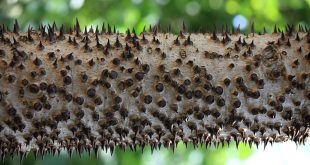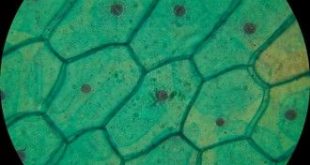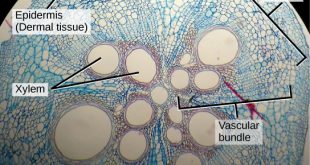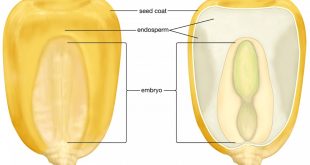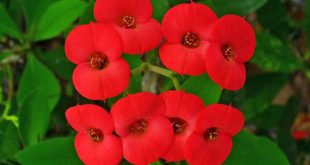Have you ever heard about nature being so furious with us and producing explosives? Producing Explosives through “The Dynamite Tree”? Well, if the answer is a no, then here I am to introduce you to one of the most dangerous trees you’ll ever hear about! In most of the places, …
Read More »কার্জন হলের রত্নরা
ঢাকা বিশ্ববিদ্যালয়ের কার্জন হল, এই নামটার সাথে জড়িয়ে আছে না বলা অনেক স্মৃতি। যখনই ঢাকা শহরের এই যন্ত্রচালিত জীবন অসহ্য মনে হয়, অসহ্য মনে হয় যানযট, সবুজের জন্য খাঁ খাঁ করে মন তখনই এই কার্জনহলে এসে নিজেকে তৃপ্ত মনে হয়। যারা ক্যাম্পাসে সারাদিনই ক্লাস, ল্যাব, মিড, প্রেজেন্টেশন নিয়ে দৌড়ে ক্লান্ত …
Read More »Some Basic Concept of Angiosperm Taxonomy: Essential To Know
Plants are closely associated with human. If we want to use plants for the greatest behoofs for human life and their next generation, it is obligate to perceive about plants and their types. Angiosperms represents the largest as well as the most successful group of plants within the plant kingdom. …
Read More »Dicotyledonous Family: Lamiaceae
Systematic position Bentham and Hooker placed it in the sub-class Gamopetalae, the series Bicarpellate and Cohort Gentianales. According to Engler, it belongs to the sub-class Metachlamydeae, the sub-order Tubiflorae, the sub-order Verbenineae. Hutchinson places it under the order Lamiales belonging to the phylum Herbaceae. Distribution The family contains about 200 …
Read More »Cell Types & Tissue System: Simple Tissue
Plant anatomy Study of gross internal structures of plant organs by the method of section cutting is called plant anatomy. Tissue Vegetative Reproductive Complex Tissue is formed by a group of cells having Same origin Same structure Same function Gross classification of tissue Permanent tissue Meristematic tissue Secretory tissue (concerned …
Read More »Cell Types & Tissue System: Complex Tissue
The complex tissue consists of more than one type of cells which work together as a unit. Complex tissues help in the transportation of organic material, water, and minerals up and down the plants. That is why it is also known as conducting and vascular tissue. Collenchyma always absent. Composed of more than one types of cells. Types …
Read More »Endosperm & It’s Types in Angiosperms
The endosperm is important because it is the main source of food for the embryo. In gymnosperms it is haploid and forms a continuation of the female gametophyte. In angiosperms, on the other hand, it is a new structure formed in most cases as the result of a fusion of …
Read More »Euphorbiaceae: The Spurge Family
Euphorbiaceae family is very diversified with mostly monoecious herbs, shrubs, and trees and even sometimes succulent and cactus-like members. It is named from one of its member genus ‘Euphorbia‘. This family has about 300 genus and 7500 species all over the world but more often found in warm and temperate …
Read More »Experimental Embryology: Bringing Embryology Under Human Control
Modern embryology seems to comprise three main disciplines. The first, or descriptive embryology, is a study of the various developmental processes that take place in a plant from the initiation of the sex organs to the maturation of the embryo. The second, or phylogenetic embryology, attempts to evaluate these data …
Read More »Polyembryony: Multiple Embryos in a Seed
The phenomenon of polyembryony, i.e., the occurrence of more than one embryo in a seed, has attracted much attention ever since its initial discovery in the orange (Citrus sinensis) by Leeuwenhoek (1719). Ernst (1918) and Schnarf (1929), who have reviewed the older literature, classify it into two types—”true” and “false”—depending …
Read More » Plantlet The Blogging Platform of Department of Botany, University of Dhaka
Plantlet The Blogging Platform of Department of Botany, University of Dhaka
